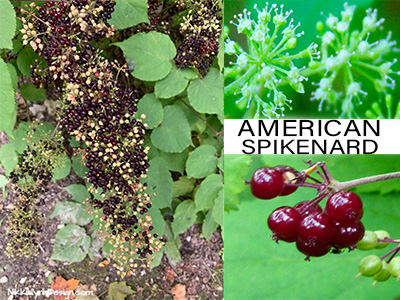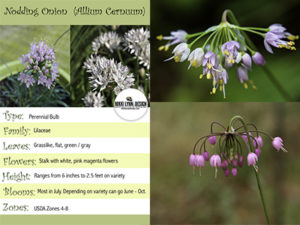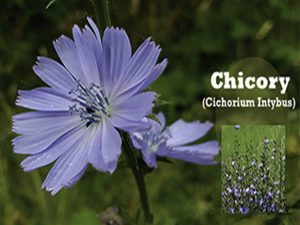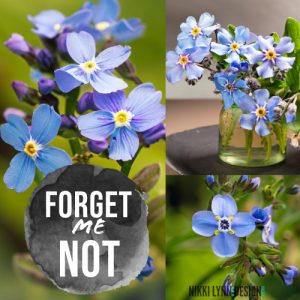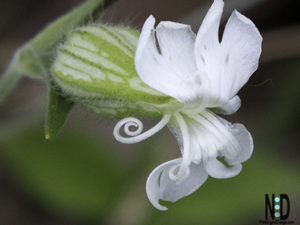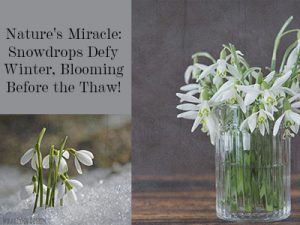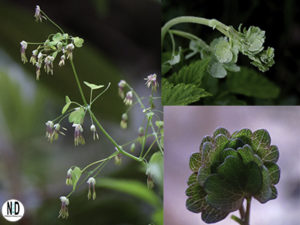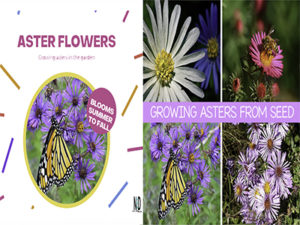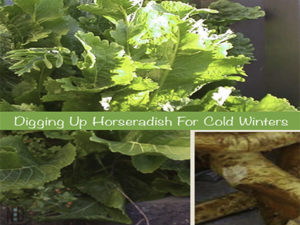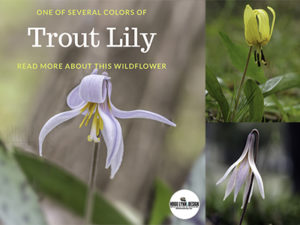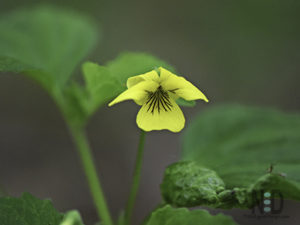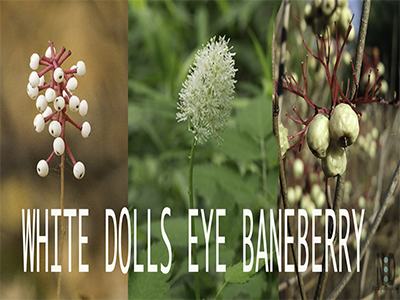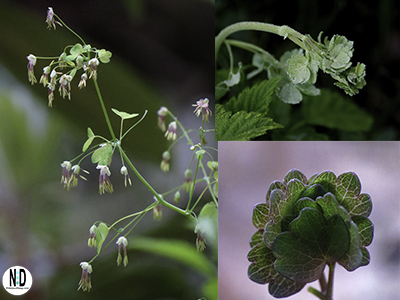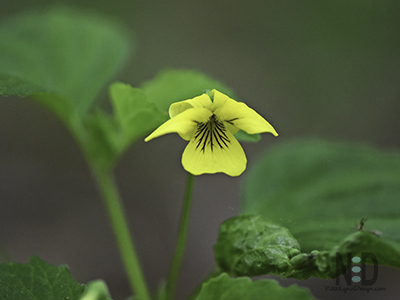American spikenard (Aralia racemosa) is a perennial herbaceous plant native to eastern North America. It is a member of the Araliaceae family and is sometimes referred to by other names, such as Indian root, life-of-man, and osha.
Spikenard typically grows to a height of 3 to 8 feet (about 1 to 2.5 meters). It has large, compound leaves with toothed leaflets and is characterized by its long, slender, and branching clusters of tiny, greenish-white flowers that form in late summer.
General Information
| Genus: | Aralia racemosa |
| Family: | Araliaceae (Ginseng Family) |
| Life Cycle: | Perennial |
| Origin: | Native to the lower 48 states and Canada |
| Habitat: | Shady woodland habitats. |
| Bloom Season: | Jun , Jul white blooms and purple berries to follow in Wisconsin |
| Plant Height: | 3-8 feet tall |
| Names: | American spikenard, life-of-man, osha, spignet, Indian root, man of life |
Habitat: This plant is often found in rich, moist woods, along stream banks, and in shaded areas. It prefers well-drained soils and is commonly spotted in deciduous forests. Look for American Spikenard shrubs in shady woodland areas with filtered sunlight light.
Leaves
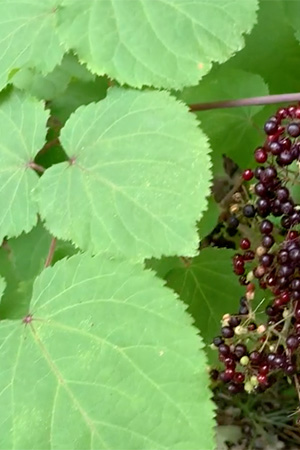
Each has a main stem and two opposite lateral branches. Three to five leaflets, a terminal one
and the others in pairs, grow on each of the stems.
The leaflets are sometimes lobed. They are usually heart-shaped and sharply and doubly toothed. The point is long and sharp, and the base is heart-shaped. The veins on the lower surface are hairy.
Flowers
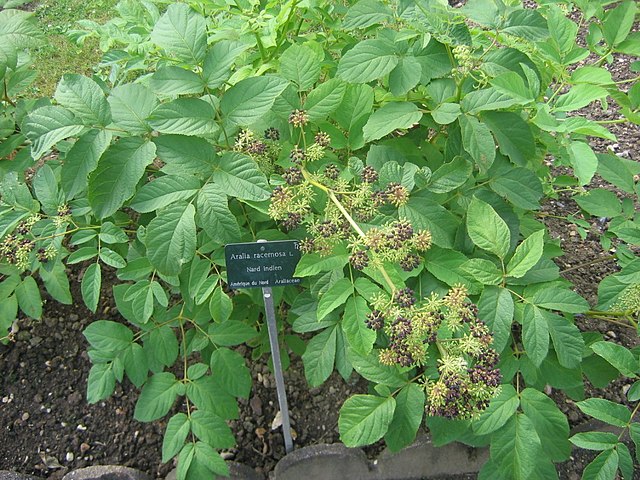
The plant has small, greenish, umbrellaed flowers from long terminal spikes or smaller spikes in the leaf axils during July and August.
Along the wooded roadsides, the greenish-white flowers appear about the time that the Goldenrod begins to blossom.
Berries
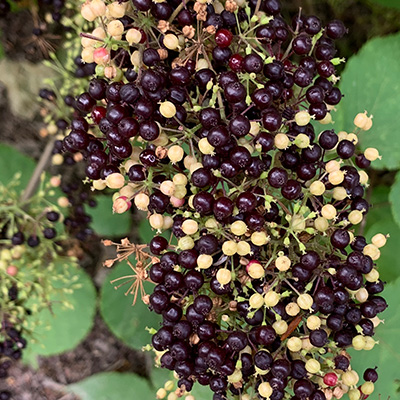
After flowering, American spikenard produces small, dark purple to black berries in late summer and fall. These berries are an important food source for various birds.
Birds That It The Berries
Birds play a role in the dispersal of the plant’s seeds through their consumption of the berries. Here are some bird species that may consume American spikenard berries:
- Songbirds: Various songbirds, including thrushes, warblers, and sparrows, are known to eat berries. These small and agile birds can be attracted to American spikenard berries.
- Game Birds: Some game birds, such as wild turkeys and grouse, may also feed on the berries if they are available in their habitat.
- Migratory Birds: Birds that migrate through or spend the winter in areas where American spikenard grows may include the plant’s berries as part of their diet. Migratory thrushes, sparrows, and other species might be among them.
Host Plant For Butterflies
While not an exhaustive list, here are some butterfly species that are known to use American spikenard as a host plant:
- Black Swallowtail (Papilio polyxenes): The caterpillars of the black swallowtail butterfly feed on the leaves of various plants in the carrot family (Apiaceae), which includes American spikenard.
- Eastern Tiger Swallowtail (Papilio glaucus): The large and colorful Eastern Tiger Swallowtail butterfly species is known to lay its eggs on a variety of host plants, including some in the Araliaceae family, to which American spikenard belongs.
- Giant Swallowtail (Papilio cresphontes): The giant swallowtail butterfly is another species that may use plants in the Apiaceae family, and consequently, it might utilize American spikenard as a host plant.
- Spicebush Swallowtail (Papilio troilus): While the primary host plant for spicebush swallowtail larvae is the spicebush (Lindera benzoin), they may also use other plants in the same family, such as those in the Araliaceae family.
- Zebra Swallowtail (Protographium marcellus): The zebra swallowtail butterfly is associated with plants in the pawpaw family (Annonaceae), but it may also use other host plants, including those in the Araliaceae family.
Historical Uses
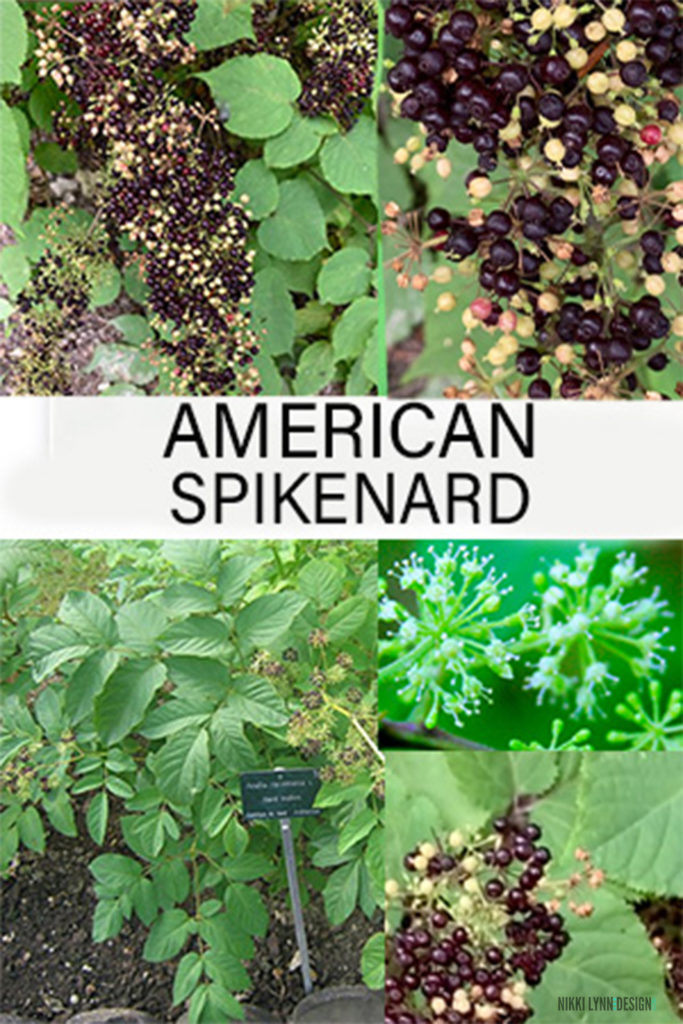
Native American tribes historically used various parts of the American spikenard plant for medicinal purposes. The root, in particular, was utilized for its supposed medicinal properties. It was believed to have anti-inflammatory and diuretic effects and was used for conditions such as arthritis, and respiratory issues, and as a general tonic.
The root is boiled for sores, boils, and carbuncles. {1} It is used externally for wounds, sores, aches, sore eyes, burns, strains, and sprains. {2}
It’s important to exercise caution with wild plants, as some can be toxic or have adverse effects. The root of American spikenard has been used by some indigenous groups for medicinal purposes, but the preparation and dosage would be crucial and should be done under the guidance of someone with knowledge of traditional herbal medicine.
If you are considering using American spikenard for any purpose, it is strongly recommended to consult with experts in herbal medicine, ethnobotany, or other relevant fields to ensure proper identification, preparation, and usage.
Note: I do not advise on the medicinal uses of herbs. The information provided here is intended to
help educate visitors on previous practices. The information is for historical reference only.
Cultivation: American spikenard can be cultivated in gardens, provided it is planted in shaded, moist areas with rich, well-drained soil. It can be an attractive addition to woodland gardens and naturalized landscapes.
Conservation: While not currently listed as threatened or endangered, the natural habitats of American spikenard, like many native plants, are increasingly impacted by habitat loss and changes in land use. Conservation efforts may focus on preserving and restoring the ecosystems where these plants thrive.
It’s important to note that while American spikenard has a history of traditional uses, individuals should exercise caution and seek guidance from experts before using any plant for medicinal purposes.
